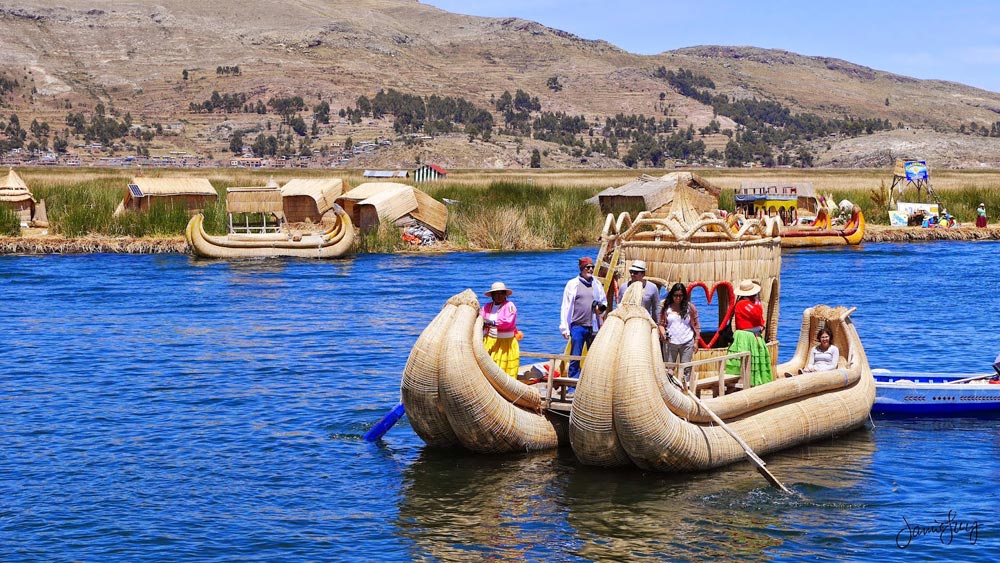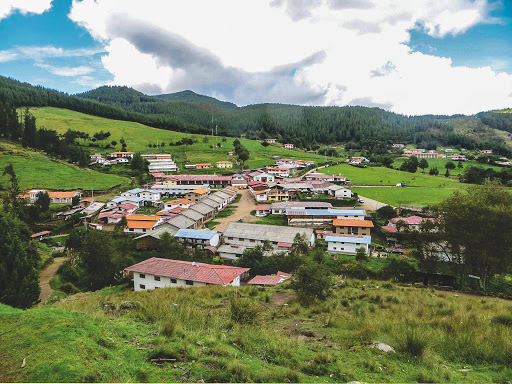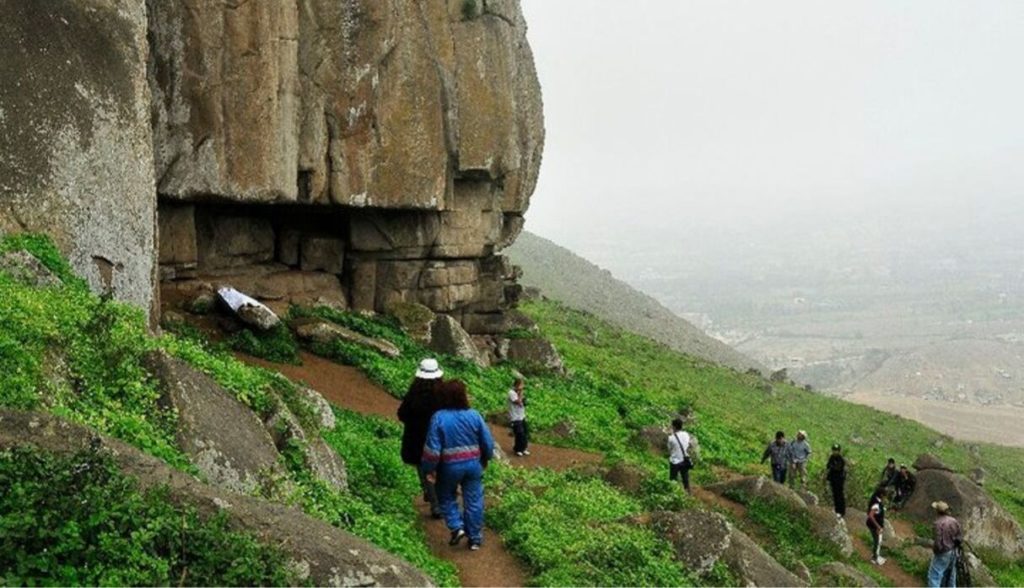Rural Tourism in Peru
First, it is important to know that rural tourism is any activity carried out in rural areas; with local peasant populations, located in the main tourist destinations in Peru. Rural tourism is characterized by the search for the rescue of traditions and the culture of the peoples, in a sustainable way, generating socioeconomic development and improving the quality of life of its inhabitants.
First, it is important to know that rural tourism is any activity carried out in rural areas; with local peasant populations, located in the main tourist destinations in Peru. Rural tourism is characterized by the search for the rescue of traditions and the culture of the peoples, in a sustainable way, generating socioeconomic development and improving the quality of life of its inhabitants.
The beginnings of rural tourism in Peru occurred in the 70s with ventures on the Taquile Island, Titicaca Lake, in the Puno region. Then, in the 80s and 90s, it was followed by ventures in the Sacred Valley in Cusco, Colca Canyon in Arequipa, the Cordillera Blanca (white range) in Ancash and the Manu and Tambopata National Park in Madre de Dios.
Rural tourism in Peru has become more important in recent years. Thus, in the country, the Ministry of Foreign Trade and Tourism (MINCETUR) has been supporting thousands of ventures through the Community Tourism Strategy, whose main objective is to support the Peruvian rural communities in the development and strengthening of their tourist products.
So far there are 76 rural tourism ventures in Peru. Among the main regions where these undertakings are carried out are: Puno, Cusco, Lambayeque, Apurimac, Ayacucho, Cajamarca, Amazonas, Ancash, Lima, Arequipa, Loreto, San Martín and Madre de Dios. Being Puno and Cusco the ones with the most amount of enterprises.
Here are some of the main rural tourism ventures in Peru:
Rural tourism in Puno
Here we can find a large number of rural tourism initiatives in the different communities of Titicaca Lake. Among the most important, we can mention the Uros and Taquile Islands, so visited by national and foreign tourists. There are also the Islands of Amantani, Llachon, Atuncalla, Chifron and Luquina.
In these ventures, agricultural and livestock work is practiced for each community. Tourists can participate in typical dances, boating and artisanal fishing. Regarding the type of accommodation, it is the houses of the same inhabitants that are used to welcome tourists visiting the destination.

Rural tourism in Cusco
Here we find ventures along the Sacred Valley, such as Maras, Huilloc, Patacancha, Chichubamba, Mullakas Misminay, the Land of the Yachaqs and Chinchero. Other rural tourism projects are the Potato and Patabamba Park, located in the province of Calca, and the ecolodges project called Andean Lodges in the province of Canchis.
In Cusco, a rural culture characterized by the practice of ancient techniques, participation in the agricultural work of the community, as well as in rituals and festivities of each town predominates.
The type of accommodation offered in Cusco is mainly in the houses of the community members, although in recent years some glamping-type accommodation options have been developed.

Rural tourism in Cajamarca
Here is one of the most outstanding rural tourism projects in Peru, the Porcón Farm. This place offers lodging in its comfortable bungalows and the opportunity to participate in agricultural and livestock work typical of the area. Various activities are also offered, such as horseback riding, sport fishing, bread preparation and something very characteristic of the place, the call of cows by name.

Rural tourism in Lima
In Lima we find a rural tourism project located in the Pachacámac district. Here you can do two circuits, one of 3 hours and the other of 5 hours. From june to november it is where you can enjoy the hills in their entire splendor, since the hills turn green and are covered with moss.
It is in these months where varieties of plants and animals are observed. Among the flora, the Amancaes flower stands out and among the animals; you can see the turtupilin, vizcachas, foxes and hawks, during the tour. In addition, different rock formations and cave paintings can be seen along the way.

Rural tourism has as its main objective the eradication of poverty in the communities where it is carried out. Likewise, this tourist activity seeks the conservation of natural resources and the strengthening of social identity. That is why rural tourism is an activity that is closely linked to sustainable development, and the emergence of this type of undertaking will help, not only to increase tourist arrivals in Peru, but also to generate social, economic and environmental benefits in local populations.


